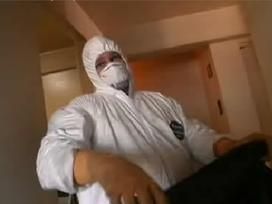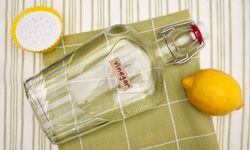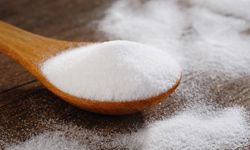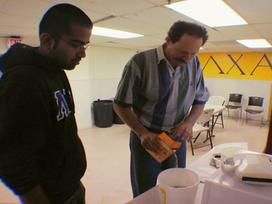Few things are as effective as baking soda for cleaning up stubborn dirt and grime. Yes, that includes the stuff you see in infomercials.
If you watch much late-night television, you've probably seen ads hawking some amazing, all-in-one cleanser that vanquishes everything from muddy paw prints to baked-on pasta sauce — but that's available for a limited time only!
Advertisement
The next time you see one of these ads, relax. There's a cleanser that's just as impressive and ridiculously inexpensive, but you'll find it in any supermarket. It's also nontoxic, meaning it won't introduce any potentially hazardous substances to the home, water supply or hands of curious children. In fact, you've probably eaten this stuff, although mixed with other ingredients. It might be in your kitchen even now.
If you haven't guessed, we're talking about baking soda, also called bicarbonate of soda or sodium bicarbonate. This product that raises cakes and calms heartburn also has a number of cleaning applications. Although it's mild enough to use on most household surfaces, this article focuses on uses in the bathroom — which covers a lot of ground, metaphorically speaking.
If there's one drawback, it's that it may take more elbow grease to clean with baking soda than commercial cleansers. On the other hand, cleaning the bathroom may count toward the 30 minutes of daily exercise recommended by the American Heart Association [source: Blackburn].
We'll start, as many people do, with the least pleasant task on the list: cleaning the toilet.



